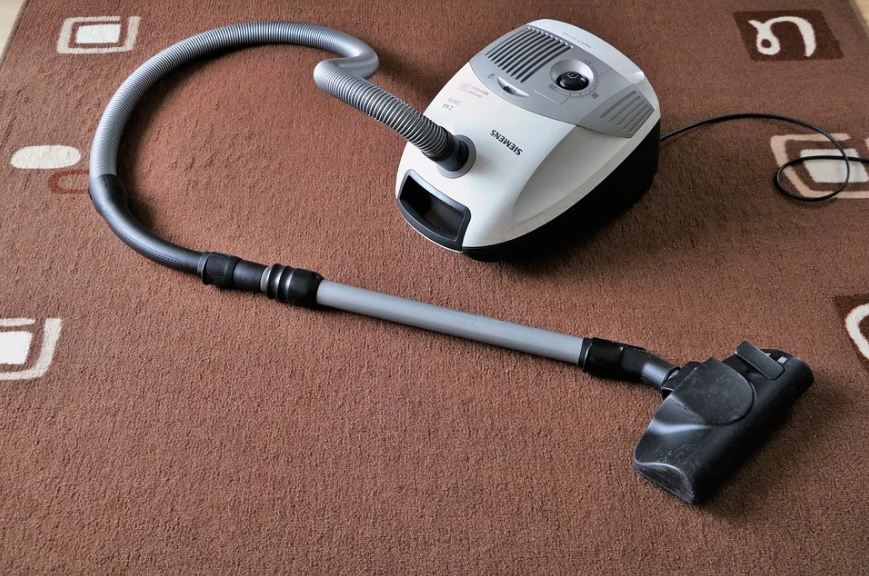Vacuum cleaners are one of the most important pieces of cleaning equipment found in almost every household today. For us, using a vacuum cleaner is as simple as picking it up and turning the switch on. However, if you were to go behind the scenes, the science is a bit complicated. A vacuum cleaner comprises many components that work together to create suction and lift the dirt. Therefore, if you have ever wondered how vacuum cleaners work, you need to give this article a read.
How does a vacuum cleaner work?
When it comes to explaining how a vacuum cleaner works, the ever-famous example of drinking through a straw is provided. When you use a straw to suck the fluid in, the pressure inside the straw drops as compared to the pressure outside the straw, creating suction. To explain in detail, the vacuum cleaner has a motor inside it. The motor helps turn the fan, which helps create pressure in front of the fan while dropping it at its rear, creating suction. The dirt and dust from the carpet or rugs are lifted due to the constant friction caused by the constant stream of air being sucked through the intake port and then expelled through the exhaust. If the pressure levels happen to be correct, the dirt will find its way to the dirtbag and remain deposited there until you clean it.
Intake Port
The intake port is perhaps one of the most important components of a vacuum cleaner. It needs a constant supply of air to ensure that the suction is always optimized. Since the fan’s speed remains constant, the amount of dirt particles drawn through the intake port also remains the same. Therefore, if you were to use an attachment tool, you will increase suction power since the same amount of particles need to get through in the same amount of time. As a result, the pressure decreases, and suction increases.
Exhaust Port
The exhaust port is as important as the intake part. The reason is that the pressure at both ends, as mentioned earlier, needs to be balanced. If that were not the case, the vacuum machine would not be able to work properly. If a vacuum cleaner does not have an exhaust port, the pressure would eventually begin to build inside the machine and increase more than the fan’s pressure.
Internal Fan
The internal fan is designed and installed in a vacuum cleaner to create suction. Without it, suction is not going to be possible. Furthermore, the internal fan has blades that are angled like the propeller of an aircraft. These blades suck air through the fan as they spin, directing it towards the exhaust port. As the air is sucked up, the pressure infront of the fan increases while decreasing behind.
Motor
The motor is the heart of the vacuum cleaner. Typically, vacuum cleaner machines perform at 1600 to 1800 watts, depending on the model. The wattage decides how powerful your machine will be and how fast the blades are going to spin. Therefore, no matter how advanced your vacuum machine is, it will not lift dirt effectively if it has a weak motor. Therefore, when the motor dies, it is usually time to replace the machine.
Drive Belt
The drive belt connects the motor with the rotating brush. Although drive belts are designed to be rigid and will last for some time it is suggested that you change the drive belt at least twice every year if you vacuum regularly. Since you cannot tell when they can break, you should always keep a spare in hand.
Filter
The air exited through the exhaust port of a vacuum cleaner is full of bacteria and allergens. However, you should not be worried about that. Vacuum cleaners today come with HEPA filters installed to ensure that 99.97% of the bacteria is trapped. These filters are crucial to keep your house safe from harmful contaminants.
Conclusion
Having a bit of knowledge and know-how of a vacuum cleaner’s components will help you diagnose the problem in case your vacuum machine breaks down in the future. Knowing the basics means that you understand how the machine works and as a result, you will be able to keep it in perfect working condition.

